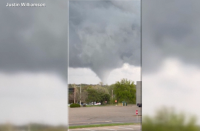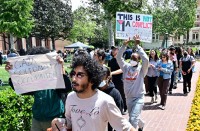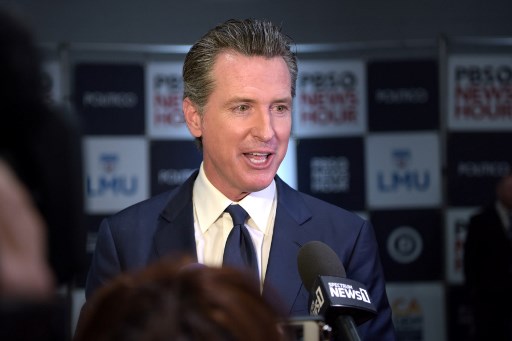
Newsom said stay-at-home orders had “bent the curve” in the nation’s most populous state, but warned against moving too quickly and insisted decisions should be based on science not politics. (Photo by Agustin PAULLIER / AFP)
by Laurent BANGUET
Agence France-Presse
Los Angeles, United States (AFP) — Swift and strict containment measures in California appear to have succeeded in reducing hospital overcrowding and mass deaths from coronavirus, according to health experts in the country’s most populous state.
California, one of the first states struck by the deadly disease, has been under lockdown for nearly four weeks. During that time its confirmed case and death tolls have been rapidly overtaken by various eastern states.
“From the data it seems very clear that early mitigation makes a difference in terms of how we’re able to stop the spread of the virus,” said Anne Rimoin, a public health professor at University of California, Los Angeles.
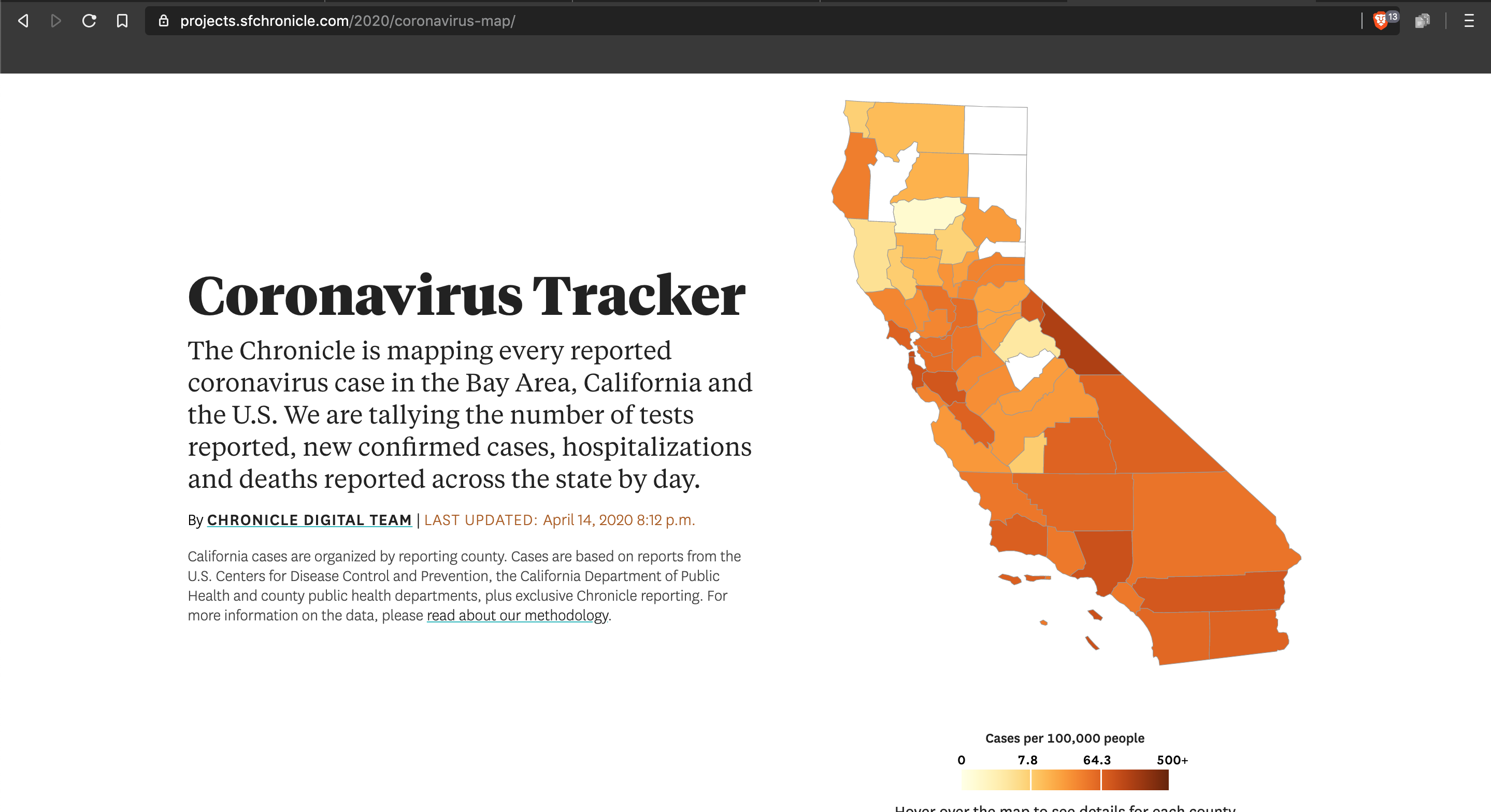
“California was really in the front of the pack to put regulations and legislation in place to keep people safer at home, to promote social distancing, to shut down concerts, shut down big events, and… encouraging people to wear cloth masks,” she added.
“And all of these things together, make a very big difference.”
It was in California that the very first US cases of “community transmission” were reported at the end of February.
When Governor Gavin Newsom imposed stay-at-home orders on all 40 million Californians on March 19, the state had registered just around a thousand cases, and 19 deaths.
Millions of people in the San Francisco area — the part of the state most affected by coronavirus at the time — had already been placed on lockdown three days earlier, under a coordinated decision by six counties.
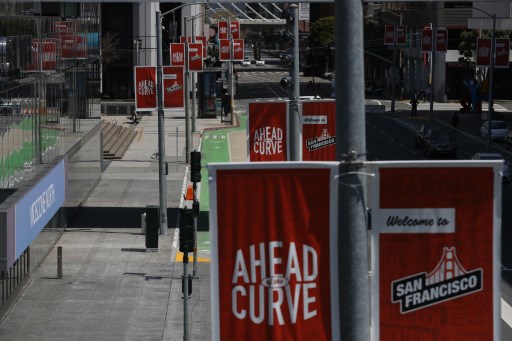
By that same point New York had registered more than 5,000 cases, but officials there waited another day to limit population movement.
The pandemic has since exploded in New York, with more than 10,000 deaths, as emergency services are overwhelmed and morgues filled.
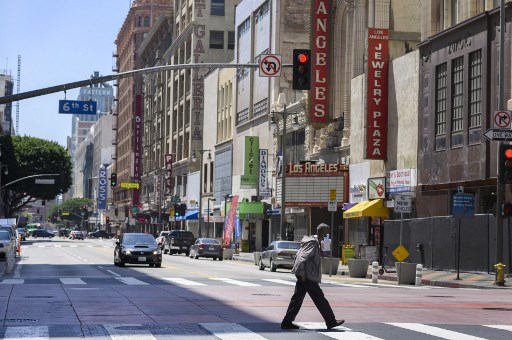
In California cases continue to peak — Los Angeles suffered a record 40 deaths in 24 hours on Tuesday. But the situation overall remains far less dire than New York, a city roughly twice the size, where around 800 died in the same period.
New York’s sheer size, dense population and extreme urbanization partly account for its unparalleled toll. But for Rimoin the rapid reaction of California officials was decisive.
“Once the virus starts spreading it spreads exponentially. So moving quickly, shutting down opportunities for people to be in crowds… is easily the best thing to do,” she said.
Across California there have been over 25,500 cases, including at least 783 deaths, according to a count from Johns Hopkins University.
‘All we’ve sacrificed’
Early in the virus’s spread, the number of cases doubled every three or four days.
In such a situation, “then by doing the shelter in place order a week earlier, you’re cutting down on two doublings of the epidemic,” said Erin Mordecai, an infectious disease biologist at Stanford University in California.
Mordecai and her team have developed mathematical models to assess the impact of coronavirus orders.
“One thing the models show is that it’s far more important to impose the intervention early, rather than exactly how long you maintain or exactly how intense the intervention is,” she told AFP.
Also, Californians appear to have complied well with instructions limiting travel to “essential activities” and with social distancing restrictions, despite a lack of legal enforcement.
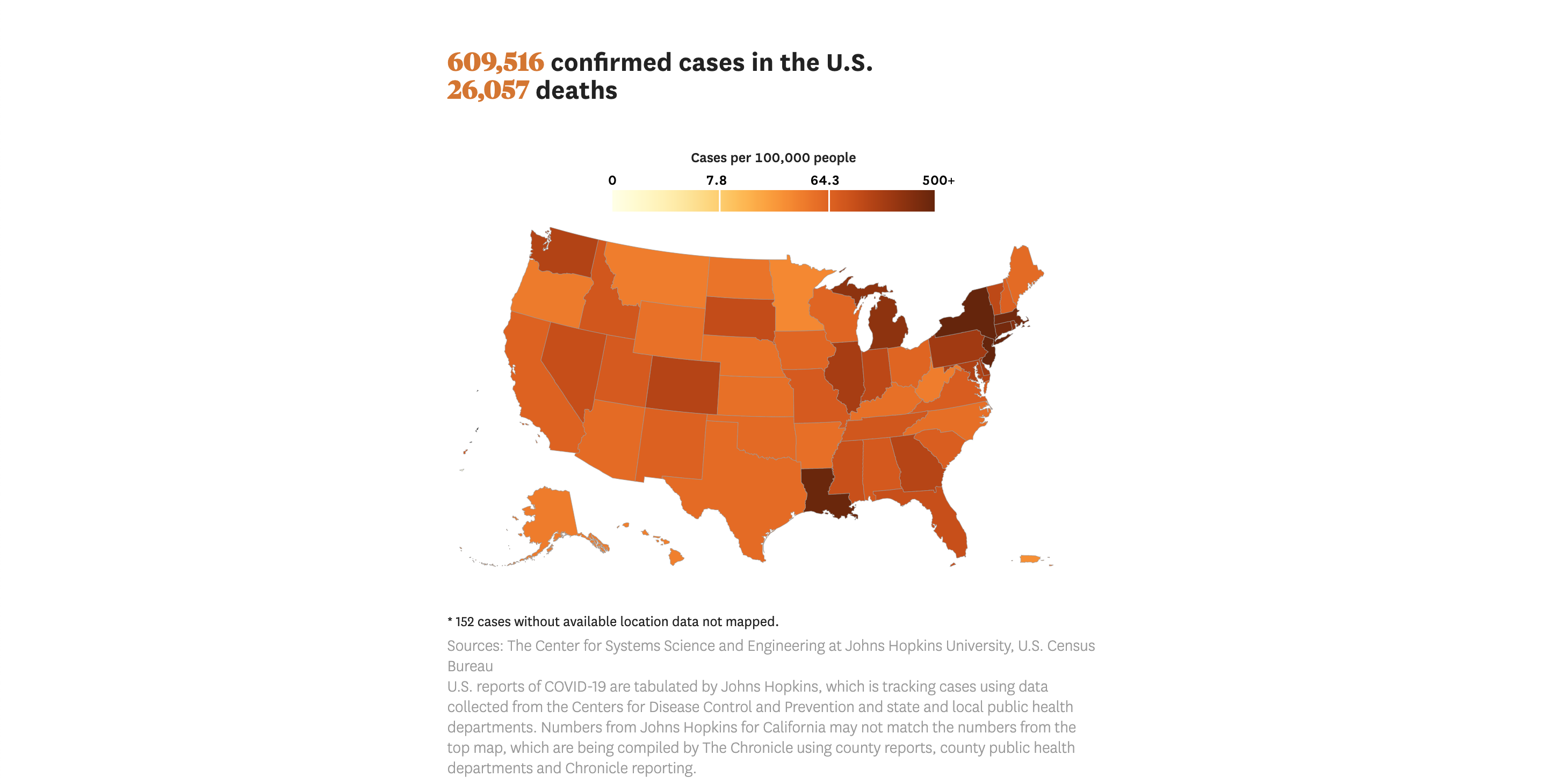
According to Mordecai’s calculations, they have on average reduced their social interactions by 75 percent.
The big question now is how long the orders should remain — but Mordecai advises patience.
In Santa Clara county, home to the tech giants of Silicon Valley, containment would need to remain in place another five months for the epidemic to totally disappear, she said.
“And even then, we would be vulnerable” if a new infected person came into the county, Mordecai added.
For health experts and Newsom — who Tuesday set out the conditions needed for a return to normalcy to begin — social distancing can only be eased once California has the means to test all symptomatic people.
“Otherwise we’re going to lose all of the great progress that we’ve made so far… all we’ve sacrificed,” said Rimoin.
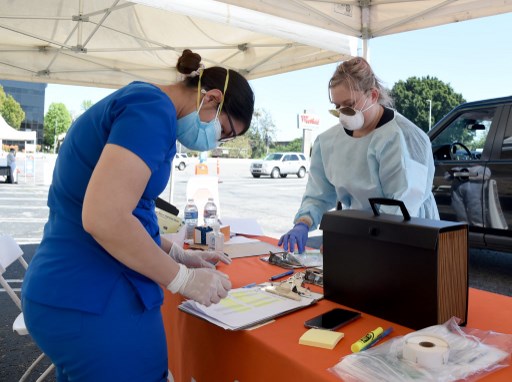
In a positive sign, Los Angeles Mayor Eric Garcetti on Tuesday announced same- or next-day testing for any person with symptoms. But many places elsewhere in California lag behind.
“Should we just open things up, the virus is still here, and we will be right back where we started,” said Rimoin.
© Agence France-Presse

